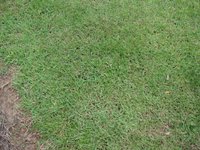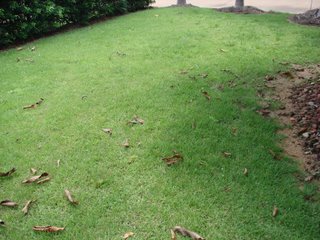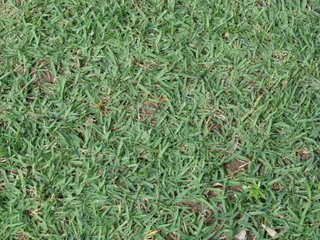

Empire zoysia turf sod can be used to create a fantastic impression at a new house. The photos say it all........ with the before and after appearance!
After is........well, two months after..... the turf was laid.
This is in a new surburban development in Darwin, and has not had any setbacks since the turf was laid. A sand profile, modified with cocopeat was used as the "soil", over the very poor subsoil base seen above on the left..
Modified sand has both advantages and disadvantages, with the major disadvantage being that initially, it is absolutely devoid of any nutrients, and also has little to allow nutrients to cling to and avoid being flushed through. The addition of cocopeat helps that issue and also provides additional moisture storage. But the advantages far outweigh all those isuses, which are easily controlled.
The big advantage is that almost always, sand is free of weeds......so use a clean turf and it will stay that way! As well, over time, sand does not compact. That usually means that there will not be root development problems, dry spots, hard bare areas etc. Sand is also very porous, allows rapid infiltration of moisture, holds quite a lot of water in the profile, and over time as roots develop, moisture capacity will improve too, due to the organic matter from roots and decaying plant leaves.
Too often so called topsoil available for purchase contains a lot of fine silt and clay particles. These settle, clump together and the profile is very hard, resistant to the entry of moisture and of low water capacity. Sand will be a better option for the growth of a great turf. Especially all of the zoysia varieties.........sand is the best option!


